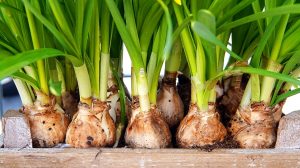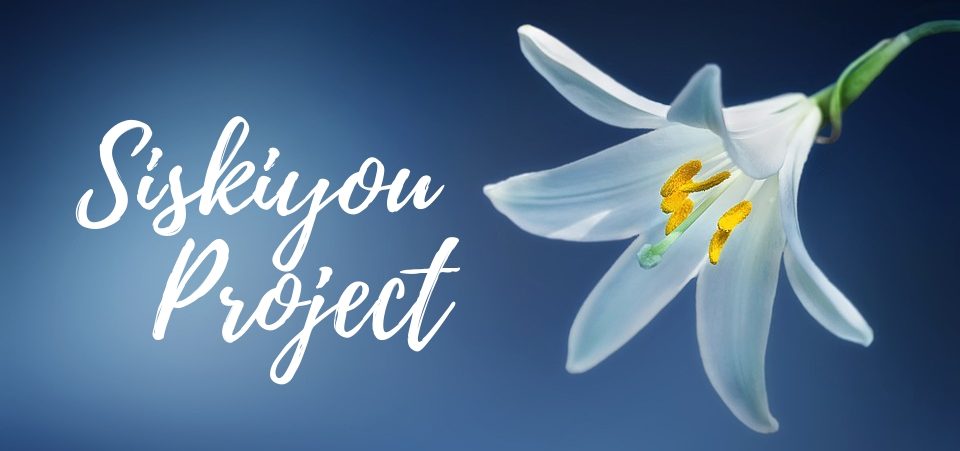If you love the blooming of hyacinths, tulips, and daffodils in the spring, you should remember that you have to plant these bulbs in the fall. Check out the handy chart of bulbs planted in the fall in your zone and order yours in advance or mark your calendar to ensure that you never forget.
Planting Bulbs for Spring Flowers
Bulbs that flower in spring are planted in the fall to give them enough time for their roots to grow during winter and come up in early spring. So, if you consider autumn to be the time to cease all gardening activities, think again. Fall is time to plant your bulbs. It is rather easy to stick bulbs in the ground but yet so magical too to see their lovely blooms emerging in either later winter or early spring.
You can order bulbs from a mail-order catalogue ahead of time to ensure that they arrive in time to be planted in the fall. Alternatively, you can make a note in your calendar to buy them in early fall. Planting time is typically late September to mid-October in northern climate to ensure that your bulbs grow before winter kicks in. (Tulips, however, are an exception since they can be planted late.) In southern climates, bulbs should be planted in mid-October through November; you may even plant them as late as December, but keep in mind that the longer you wait, the harder it will be for your bulbs to establish themselves.

Ensure that you only buy bulbs from reputable garden centers or nurseries. Keep in mind that second-rate bulbs don’t sprout at all, produce second-rate flowers, and usually don’t return year after year. You should not forget to plant extra for cutting so that you can transfer some of the spring color indoors.
Bulbs to Plant in the Fall
Here are the most popular bulbs that bloom in the spring but are planted during fall:
– Daffodils are popular because they are deer- and vole-resistant.
– Tulips look great when planted ‘en masse’ and when planted with grape hyacinth and typically bloom after daffodils.
– Snowdrop (Galanthus) are early spring blooming little white bells.
– Crocus come in a wide variety of colors and are a spring-flowering favourite.
– Jonquils naturalize and have tiny blooms. They are some of the first ones to bloom and look great when planted together in a field or grove.
– Gladiolus have tall lovely spikes and depending on the variety, they usually bloom in late spring to mid-summer.
– Irises are easy to grow, reliable, hardy, make lovely cut flowers and attract hummingbirds and butterflies.
– Hyacinth (grape hyacinth included) are small blue clusters of small bell-shaped blooms that are great for naturalizing.
When Should You Plant Bulbs?
Fall bulbs should be planted once the heat of summer passes, but prior to the ground freezing. Consult the Frost Dates Calculator to find out when your area will experience the first fall frost. In the lower South, a hard freeze is not common, so you can plant in early November.
Ideally, bulbs should be planted soon after purchase
– If you are unable to plant your bulbs immediately, store them in a dry area at about 60°F to 65°F since temperatures higher than 70°F can damage the flower buds.
– In the South where it is warmer, note that you have to treat some bulbs as annuals rather than perennials; they will bloom once and they will be done. For instance, you will need to plant your tulip bulbs again every year. However, they are a lovely sight and definitely worth the effort. Bulbs planted in fall, such as daffodils act as perennials and will come up every year.
– You may have to pre-cool some bulbs if you live in warm climates. The vast majority of bulbs that flower during spring require a cold period of anywhere from 12 to 16 weeks in ventilated packages in the bottom of your refrigerator at 40°F to 50°F before you plant them. Check with the supplier to find out whether the bulbs you buy have been pre-cooled or whether they require a cold treatment.
How Should You Plant Bulbs?
– Find a site with properly drained soil and lots of sun. Work several inches of compost into the soil before you plant.
– Bulbs look great when planted near the mailbox, in a grove, as colourful borders, or as swaths of colors in garden beds.
– Bulbs should be planted ideally at a depth of 3 times the bulb’s width.
– Water your bulbs well after you plant them and use mulch to hold in moisture and keep the weeds down.
– Plant bulbs generously should some fail to sprout. You should also plant them in random order and spacing to create a more natural appearance. If you love blanketed landscapes of tulips or groves of daffodils, be ready to purchase and plant many bulbs.
– Do you have squirrels or voles in your area? If so, you should consider planting bulbs in a “cage” fashioned with chicken wire. You should also check out the tips for preventing squirrel and vole damage. Alternatively, plant some rodent proof bulbs.
Interested in a multitude of blossoms? Check our post on The Mock Orange




